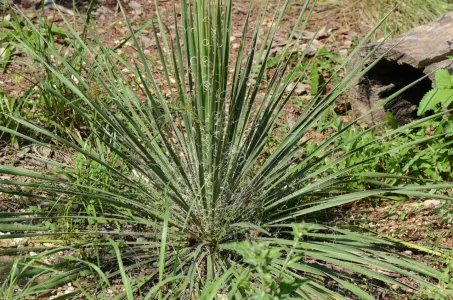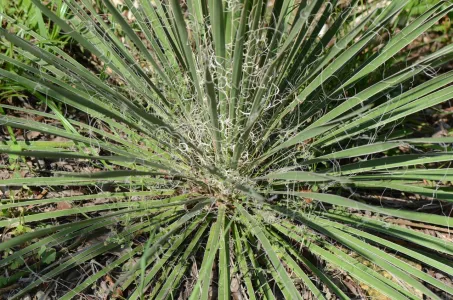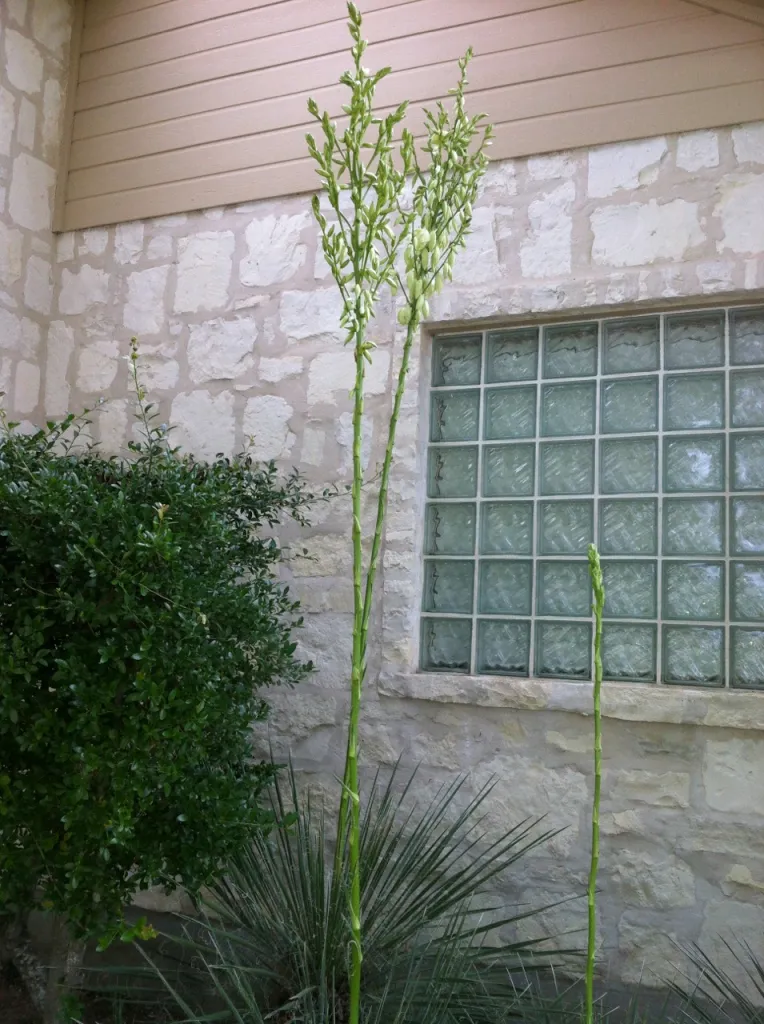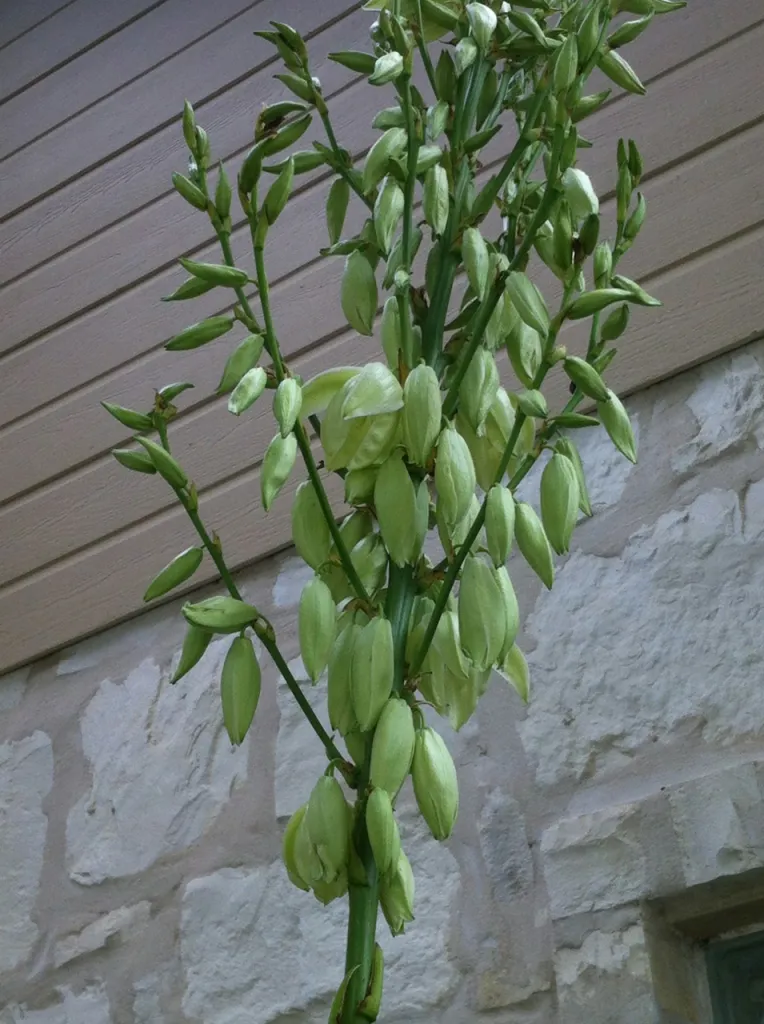By Delmar Cain
Taking the dog on the last walk before putting him in his pen for the evening can be revealing. I can see fireflies twinkling that remind me of distant lighthouses with revolving lights. I can see moths moving from plant to plant just like butterflies of the night. And when the temperature is still 85 degrees Fahrenheit at 10:30 PM, I know that the next day will be a scorcher. The temperatures last week remind me of that line from the movie, Forest Gump, with a slight change. And then summer showed up.

But I know that summer is here for other reasons. When I go outside in the morning I hear the telltale sounds of gasoline engines coming from every direction. The men of the neighborhood or their hired landscapers or their landscapettes are giving the yards a buzz cut. Anything above four inches is fair game, since coreopsis, Indian blankets and Engelmann daisies are properly viewed at a distance in the I-10 right of way or in someone’s field. At least today these lawn barbers can protect their ears with headphones. They may even be listening to Slim Whitman, one of my favorites, who died recently.
But we are not here today to pity yard folks, we are here to help them. That is why the Boerne chapter of NPSOT (Native Plant Society of Texas) chose a great maintenance-free (when established) true Texas native as its NICE (Natives Instead of Common Exotics) Plant of the Month for June. The Buckley’s yucca (Yucca constricta) fits the bill in every way.

A Buckley’s yucca is a shrub that generally appears as a ball of narrow stiff sharp-pointed leaves. The ball can be 1 to 3 feet in diameter. Often it does not have a stem below the leaves. When it does have a stem in older plants it may be reclining close to the ground. The evergreen leaves have a bluish tint and have tough curling white fibers along the smooth edges. The stiff leaves, only about 5/8 inch wide, can be up to two feet in length. The point at the end of the leaves effectively handles the defense of the plant.
In April- June, when the plant is mature, it sends up a tall scape or stalk, which can reach a height of 6-8 feet. At the top it reveals a cluster of greenish white bell shaped flowers. Each individual bloom can be up to two inches long and an inch wide. If the deer permit the bloom to mature, a 2½-inch fruit capsule will develop and drop seeds from its opening tip.

Yucca is a genus of 40-50 species of perennial shrubs and trees, most of which have tough sword shaped leaves with sharp points. Yuccas are new world plants and grow in North America, South America, Central America and on some Caribbean islands. But Buckley’s yucca is native to Texas, growing mainly in the Edward’s Plateau and in some southern counties to the Gulf Coast.
Many of the yucca species are found in the arid areas of the western deserts and badlands, having adapted to rocky dry conditions. But some species have adapted to prairies, to mountainous regions and to some coastal areas. Most prefer full sun. Buckley’s yucca is generally found in meadows and open woodlands.

According to Wikipedia, Buckley’s yucca gets its common name and its scientific name from Samuel Botsford Buckley, an American botanist, who although born and educated in the Northeast moved to Texas when he got the chance. He was also a geologist and served as the State Geologist of Texas in 1860-61. He authored a book on trees, wrote scientific articles on shrubs and was the scientific editor for the State Gazette in Austin, Texas in 1871-72. He described this species of yucca and gave it its scientific name of Yucca constricta.
A Buckley’s yucca is cold tolerant, loves sun and does not require supplemental watering. You can put away your lawnmower when you get to the Buckley’s yucca. Nature keeps it looking trim. Consider it for that special place in your yard.
